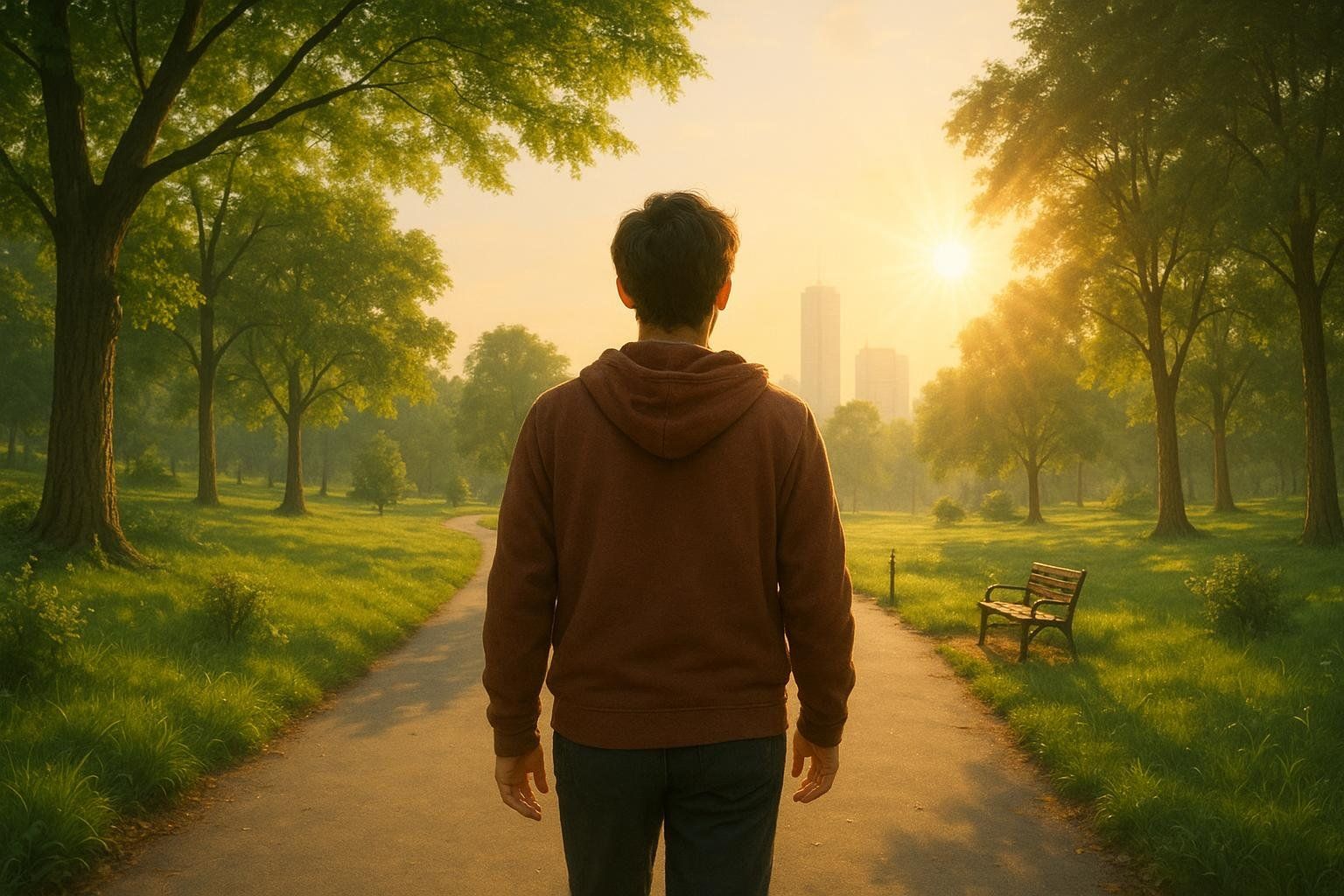Buspirone Side Effects in the First Week: What to Expect

Buspirone Side Effects First Week: What to Expect
Last reviewed: September 2025
Medical disclaimer: This article is for educational purposes only and is not a substitute for professional medical advice. Always consult your healthcare provider about any medication-related questions.
Buspirone (brand name Buspar) is an anti-anxiety medication often prescribed for its low potential for dependence, setting it apart from drug classes like benzodiazepines. But that doesn’t mean you’ll sail through the first week symptom-free. This guide walks you through:
- The most common side effects from Day 1 to Day 7
- Which symptoms typically fade on their own—and when to worry
- Practical tips to stay comfortable while your body adapts
Quick-Reference Table: First-Week Buspirone Side Effects
| Day | Most-Reported Symptoms | % of users* | Severity | Usually Resolves By |
|---|---|---|---|---|
| 1–2 | Dizziness, light-headedness | 10–30% | Mild | Day 3–4 |
| 1–3 | Nausea, upset stomach | 8–15% | Mild | Day 4–5 |
| 2–4 | Headache | 5–13% | Mild | Day 5–6 |
| 3–5 | Nervousness / restlessness | 5–10% | Very Mild to Mild | Day 7 |
| 4–7 | Mild insomnia | 3–7% | Very Mild | Week 2 |
| Any | Serious reactions (chest pain, confusion, serotonin syndrome) | <1% | Severe | Seek help immediately |
*Estimates aggregated from clinical trials and large prescription databases (Mayo Clinic, SingleCare, Medical News Today, NCBI).
Why Side Effects Happen in Week 1
Buspirone partially activates serotonin 5-HT1A receptors and lightly blocks dopamine D2 receptors (NCBI). That neurochemical shift happens quickly—often within hours of the first dose—while the anxiety-reducing effects usually take a week or two to build. The gap between brain chemistry in flux and still-anxious feelings explains why side effects can feel front-loaded.
How Buspirone Differs from Other Anxiolytics
Unlike benzodiazepines or some SSRIs, buspirone doesn’t slow the central nervous system or create physical dependence, so most first-week effects are mild and temporary.
Day-by-Day Timeline
Days 1–2: Initial Dizziness and Nausea

Likely symptoms:
- Dizziness or light-headedness
- Mild nausea
- Feeling a bit spacey or off-balance
Why it happens: Buspirone peaks in the bloodstream about 60–90 minutes after you swallow it, which can briefly alter blood pressure and balance signals.

Management Tips:
- Take your dose with food to slow absorption and blunt nausea.
- Hydrate—dizziness often pairs with mild dehydration.
- Stand up slowly; sudden posture changes can worsen light-headedness.
Days 2–3: Stomach Upset and Tension Headaches

Likely symptoms:
- Ongoing nausea or new stomach upset
- Headache or pressure behind the eyes
- Slight jitters or restlessness
Management Tips:
- Splitting the daily dose is a common strategy providers use to reduce side effects; discuss whether this approach is right for you with your prescriber.
- Consult your prescriber before using over-the-counter pain relievers to confirm they are safe to combine with buspirone.
- Small, bland snacks (crackers, applesauce) can calm an uneasy stomach.
Days 3–5: The Adjustment Window
Likely symptoms:
- Side-effect peak: lingering nausea, mild insomnia, or tension headaches
- Gradual reduction in dizziness
- Early hints of anxiety relief for some users
Management Tips:
- Continue hydration and balanced meals to stabilize blood sugar and reduce queasiness.
- Keep a daily symptom log—note drops in severity (e.g., dizziness rating moving from 4 to 2).
- Incorporate light movement (short walks) if tolerated; gentle activity can ease restlessness and improve sleep quality.

Days 5–7: Settling In

By Day 7, your body has adapted to a consistent level of the medication. For most users:
- Dizziness fades to background levels.
- Appetite normalizes.
- Sleep patterns begin to stabilize.
- Anxiety relief becomes more noticeable.
If side effects linger past Day 7, they usually diminish through Weeks 2–4. Persistent or worsening symptoms warrant a dose check-in with your provider.
Red-Flag Symptoms: When to Call Your Doctor ASAP

| Symptom | Why It’s Urgent |
|---|---|
| Chest pain or racing heart | Could signal cardiovascular reaction |
| Confusion, hallucinations | Possible serotonin syndrome or neurotoxicity |
| Severe dizziness that causes falls | Safety risk, may indicate hypotension |
| Uncontrolled movements, tremors | Rare dopamine-related effect |
| Hives, facial swelling, trouble breathing | Allergic reaction |
Pro Tips for a Smoother First Week

- Take buspirone at the same times every day; fluctuations can spike side-effect risk.
- Avoid grapefruit juice. It blocks CYP3A4 and can triple blood levels of buspirone (Mayo Clinic).
- Skip alcohol for at least the first week (or until you know how the medication affects you). The combo can intensify dizziness and drowsiness.
- Check for Drug Interactions. Drugs or supplements that raise serotonin (SSRIs, SNRIs, St. John’s Wort) increase serotonin-syndrome risk—review everything with your prescriber.
- Keep a simple symptom diary so you and your clinician can spot patterns quickly.

How Buspirone’s Early Side-Effect Profile Compares to Other Anxiolytics

| Drug Class | Common Week-1 Issues | Dependence Risk | Weight Change |
|---|---|---|---|
| Buspirone | Dizziness, nausea, headache | None | Neutral |
| Benzodiazepines (e.g., Xanax) | Drowsiness, memory issues | High | Neutral |
| SSRIs (e.g., Zoloft) | Nausea, sleep changes, sexual dysfunction | Low | Possible gain |
| Beta-blockers (e.g., propranolol) | Cold hands, fatigue | None | Neutral |
Curious about weight changes with SSRIs? Read more about how SSRIs like Zoloft can affect weight.
Frequently Asked Questions
How long do first-week side effects last?
Most mild symptoms resolve within 3–7 days as your body adapts, according to prescription-database analyses from SingleCare.
Can I take buspirone at night to avoid daytime dizziness?
Yes—dose timing is flexible. Just stick to the same schedule every day.
Is weight gain a concern in the first week?
Weight change is rare (<1 %) with buspirone, per data compiled by Medical News Today.
Key Takeaways
- Dizziness and nausea dominate the first week but usually fade quickly.
- Serious reactions are rare (<1 %) and warrant immediate medical attention.
- Consistent dosing, hydration, and mindful drug or food interactions smooth the adjustment period.
- Keeping a daily symptom log gives you and your healthcare provider clear data for informed decisions.


